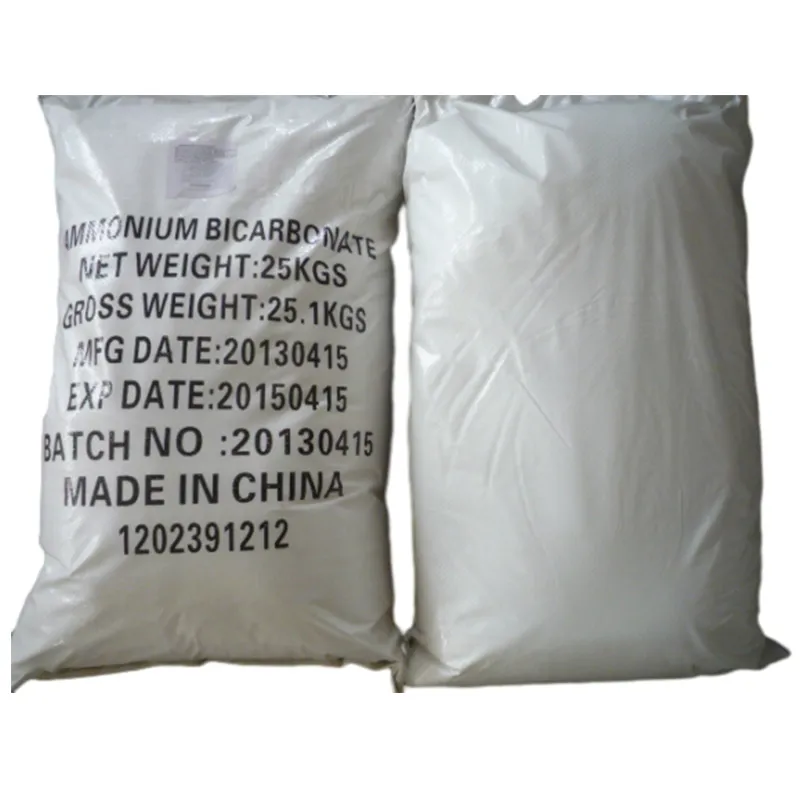
Exploring the Role of Acidulants in Enhancing Food Flavor and Preservation
The Role and Importance of Acidulants in Food
Acidulants are essential ingredients in the food industry, serving various functions that enhance flavor, preserve freshness, and stabilize food products. As food manufacturers strive to meet consumer demands for better taste, extended shelf life, and health benefits, the role of acidulants becomes increasingly significant. This article explores the types of acidulants, their uses, and their impact on food quality and safety.
What Are Acidulants?
Acidulants are substances added to food to impart a sour taste, lower pH, and enhance flavors. Common acidulants include citric acid, acetic acid, lactic acid, and tartaric acid. These compounds can be derived from natural sources or synthesized through chemical processes. They play a crucial role in various food products, including beverages, dairy items, sauces, and confectionery.
Types of Acidulants
1. Citric Acid One of the most widely used acidulants, citric acid is found naturally in citrus fruits. It is known for its tart flavor and is commonly used in soft drinks, candies, and jams. Citric acid also acts as a preservative by lowering pH and inhibiting the growth of harmful bacteria.
2. Lactic Acid Produced through fermentation, lactic acid is prevalent in dairy products such as yogurt and cheese. It provides a distinct tangy flavor and is also utilized in pickling vegetables, enhancing taste while preserving food.
3. Acetic Acid The main component of vinegar, acetic acid is used widely as a flavoring and preservative agent. It adds a sharp flavor to dressings, sauces, and marinades, while also inhibiting microbial growth, making it essential for food preservation.
4. Tartaric Acid This acid is often used in baking powder and cream of tartar. It helps stabilize egg whites and adds a slight tartness to baked goods.
5. Phosphoric Acid Often found in soft drinks, phosphoric acid adds acidity and enhances the flavor profile of beverages. Its use also provides a distinct tang, contributing to the overall sensory experience of the drink.
acidulant for food

Functions of Acidulants
Acidulants serve multiple functions in the food industry
- Flavor Enhancement By introducing acidity, acidulants balance sweetness and enhance the overall flavor profile of the food. This is particularly important in products where flavor complexity is desired, such as in gourmet sauces or artisanal chocolates.
- Preservation Lowering the pH of food products inhibits the growth of spoilage-causing microorganisms, thereby extending shelf life. Acidulants also help in maintaining food safety by reducing the risk of foodborne illnesses.
- Textural Improvement Some acidulants can affect the texture of food products. For example, they can stabilize proteins in dairy and help maintain the desired consistency in various recipes.
- Nutritional Benefits Certain acidulants, like citric acid, are known to have antioxidant properties and can contribute to the nutritional value of food when used appropriately.
The Impact on Health and Well-being
With the rise in health-conscious consumers, the relevance of acidulants is evolving. Many are looking for natural alternatives and lower-calorie options. Acidulants like citric acid and lactic acid are perceived as healthier choices compared to synthetic additives. Additionally, their ability to enhance flavor allows manufacturers to reduce the amount of sugar and fat in products, contributing to healthier eating patterns.
Conclusion
In conclusion, acidulants are critical components in the food industry, serving vital roles in flavor enhancement, preservation, and overall food quality. As consumer preferences evolve towards healthier and more natural food options, the use of acidulants is likely to adapt accordingly. Their versatility and functionality make them indispensable in creating a wide range of delightful and safe food products that meet the demands of modern consumers. Understanding the importance of acidulants allows both manufacturers and consumers to appreciate the complexity and craftsmanship involved in food production.
-
Understanding Synthetic Rubber OptionsNewsApr.27,2025
-
Trichloroisocyanuric Acid: Essential for Clean and Safe WaterNewsApr.27,2025
-
Sodium Dichloroisocyanurate: Key to Safe Water TreatmentNewsApr.27,2025
-
Sodium Acid Pyrophosphate: Essential in Modern Food ProcessingNewsApr.27,2025
-
Essential Water Treatment ChemicalsNewsApr.27,2025
-
Denatured Alcohol and Its Industrial UsesNewsApr.27,2025
-
The Versatile Uses of Sodium BicarbonateNewsApr.24,2025
Hebei Tenger Chemical Technology Co., Ltd. focuses on the chemical industry and is committed to the export service of chemical raw materials.
-

view more DiethanolisopropanolamineIn the ever-growing field of chemical solutions, diethanolisopropanolamine (DEIPA) stands out as a versatile and important compound. Due to its unique chemical structure and properties, DEIPA is of interest to various industries including construction, personal care, and agriculture. -

view more TriisopropanolamineTriisopropanolamine (TIPA) alkanol amine substance, is a kind of alcohol amine compound with amino and alcohol hydroxyl, and because of its molecules contains both amino and hydroxyl. -

view more Tetramethyl Thiuram DisulfideTetramethyl thiuram disulfide, also known as TMTD, is a white to light-yellow powder with a distinct sulfur-like odor. It is soluble in organic solvents such as benzene, acetone, and ethyl acetate, making it highly versatile for use in different formulations. TMTD is known for its excellent vulcanization acceleration properties, which makes it a key ingredient in the production of rubber products. Additionally, it acts as an effective fungicide and bactericide, making it valuable in agricultural applications. Its high purity and stability ensure consistent performance, making it a preferred choice for manufacturers across various industries.











